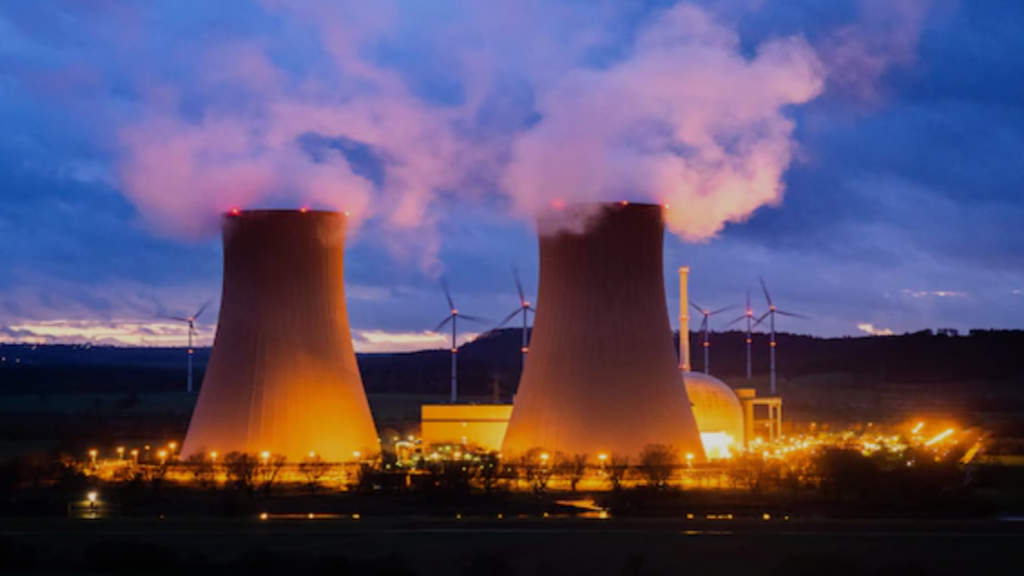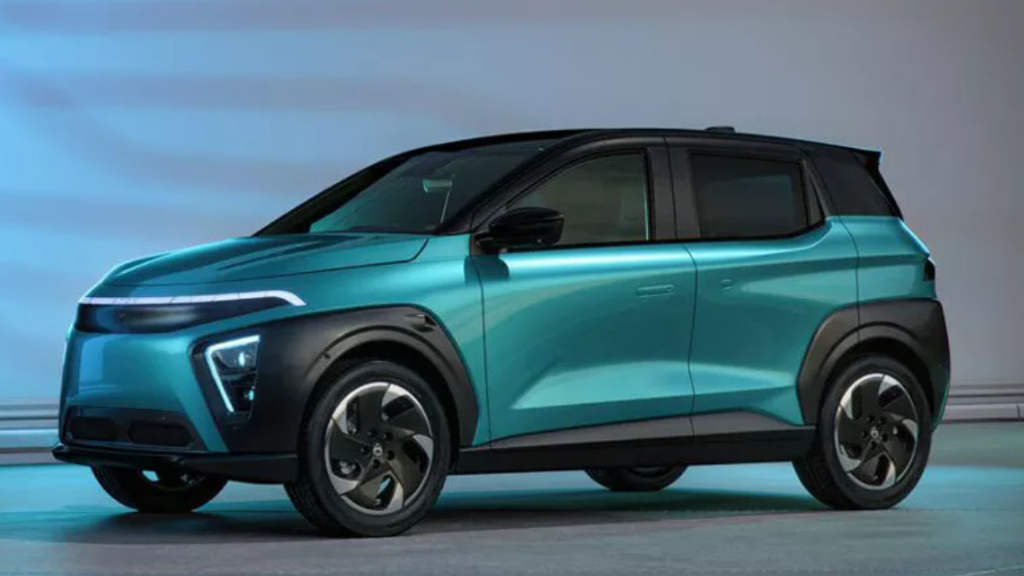Russia’s nuclear energy giant Rosatom has offered technology transfer to India for small modular reactors (SMR), as the country looks to boost nuclear energy generation. Rosatom is exploring the feasibility of setting up SMRs in the coastal areas of India, according to Indian media.
Rosatom is currently developing India’s largest nuclear energy facility – the Kudankulam nuclear power plant in India’s southern Tamil Nadu state, and has apparently offered New Delhi cooperation on SMR technology. Several documents signed between Russia and India last year indicated the mutual intent to cooperate in SMR technology. This includes the joint statement issued by Indian Prime Minister Narendra Modi’s visit to Moscow in July, which emphasized deepening cooperation in the nuclear energy field.
During that visit, Modi, accompanied by Russian President Vladimir Putin, was given a tour of the Atom Pavilion in Moscow. The two leaders were briefed on a range of different nuclear energy technologies and projects, including nuclear-powered icebreakers and floating nuclear power plants, which Putin said could eventually “replace the oil produced around the world.” Rosatom Director General Aleksey Likhachev was reported as having told Modi that Russia could offer small nuclear reactors to India with “very deep localization” and could transfer the “whole construction part” meaning job creation as well for the Indian economy.
Rosatom is the only foreign company involved in the construction of a nuclear power facility in India. However, the SMR segment in particular has attracted players from the US and France which have also been offering India development deals.
On Monday (February 3) the Indian government announced a Nuclear Energy Mission with funding of US$2.35 billion into the sector. Finance Minister Nirmala Sitharaman, in her announcement of the federal budget for the 2025-26 financial year (which starts in April), noted that under the mission, India is planning to operationalize five SMRs by 2033.
Sitharaman noted that the mission aligns with India’s commitment to increasing its clean energy output, with a goal of achieving 100 GW of atomic energy capacity by 2047. New Delhi plans to amend the legislation governing the nuclear energy sector as well as leverage nuclear energy as part of its strategy to achieve net-zero emissions by 2070. Industry watchers have pointed out this would help access to electricity in far-flung areas where traditional ways of reaching power are difficult and expensive.
SMRs are a new generation of nuclear reactors that are smaller in size and designed in a modular fashion. Each SMR unit typically generates up to 300 megawatts of electricity, which is roughly one-third the capacity of a conventional nuclear power plant. The deployment of SMRs is expected to overcome several energy generation challenges, especially in remote and hard-to-reach areas where traditional large-scale power plants are not viable. Unlike conventional nuclear power plants, SMRs can be manufactured in factories and then transported to sites, where they can be easily assembled on a relatively small area, roughly the size of two football fields.
Further Reading





